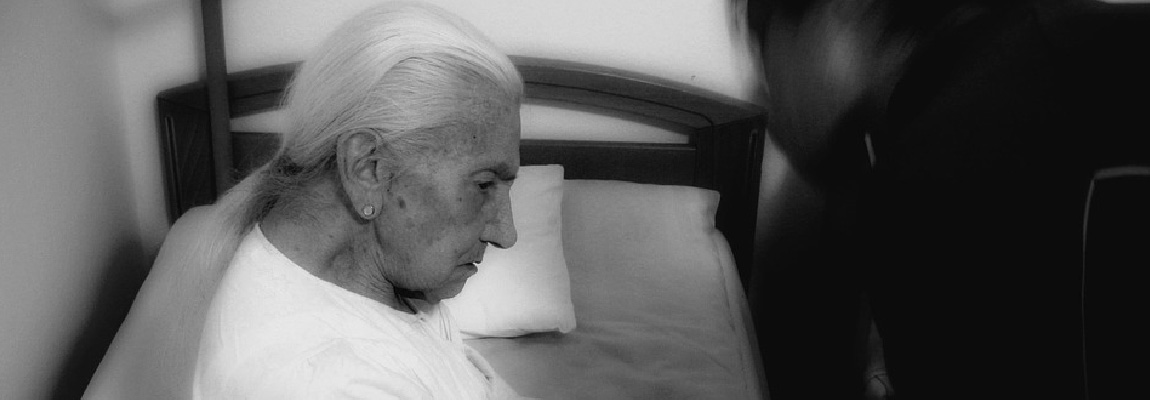Elder Physical Abuse is the infliction of physical pain or injury, sexual assault or molestation, or the use of physical or chemical restraints for punishment without, or beyond, the scope of a doctor’s order.
In California, Elder Physical Abuse is described as a criminal act under Penal Code § 368 section B and C. The phrase “Elder Abuse” is often used in lieu of “Elder Physical Abuse” and implies other forms of abuse beyond physical abuse. Examples of Elder Abuse include but are not limited to:
- Inflicting pain
- Punching
- Shaking
- Pinching
- Burning
- Force feeding
- Threatening to inflict pain
- Inflicting injury
- Deprivation of basic needs such as food, water, and medicine
- Giving too much medication
- Physical and/or chemical restraint
Elders become increasingly frail as they age. This makes them more vulnerable to abuse and prevents them from being able to defend themselves from bullies. In the U.S. alone, 25% of all Elder Abuse cases involve Elder Physical Abuse. This accounts for roughly 500,000 reports of abuse against elders 65 and older, every year.
Signs of physical elder abuse include:
- Unexplained signs of injury such as bruises, welts, or scars, especially if they appear symmetrically on two side of the body
- Broken bones, sprains, or dislocations
- Report of drug overdose or apparent failure to take medication regularly (a prescription has more remaining than it should)
- Broken eyeglasses or frames
- Signs of being restrained, such as rope marks on wrists
- Caregiver’s refusal to allow you to see the elder alone
